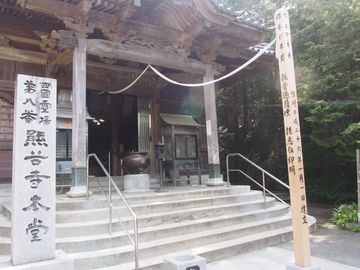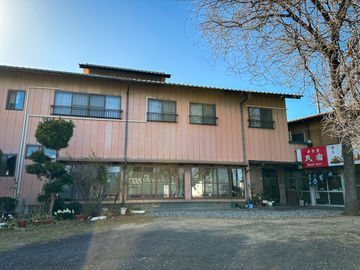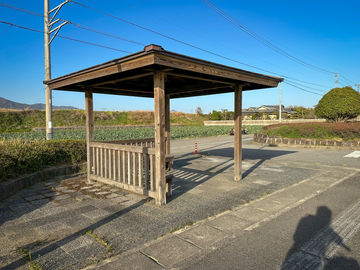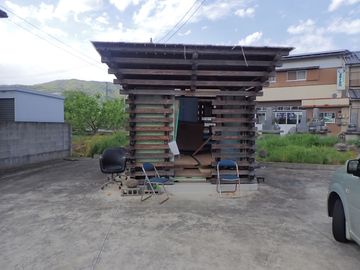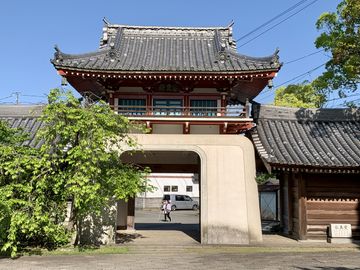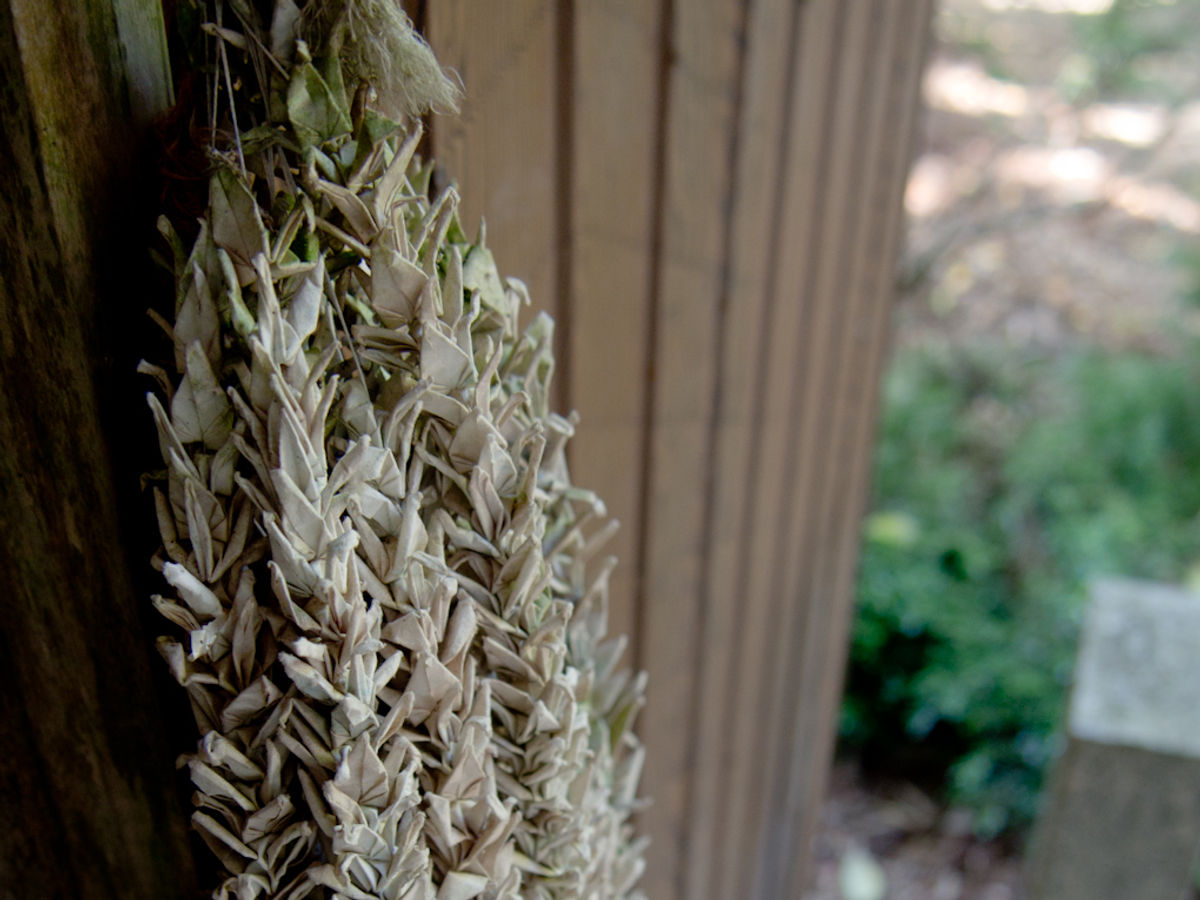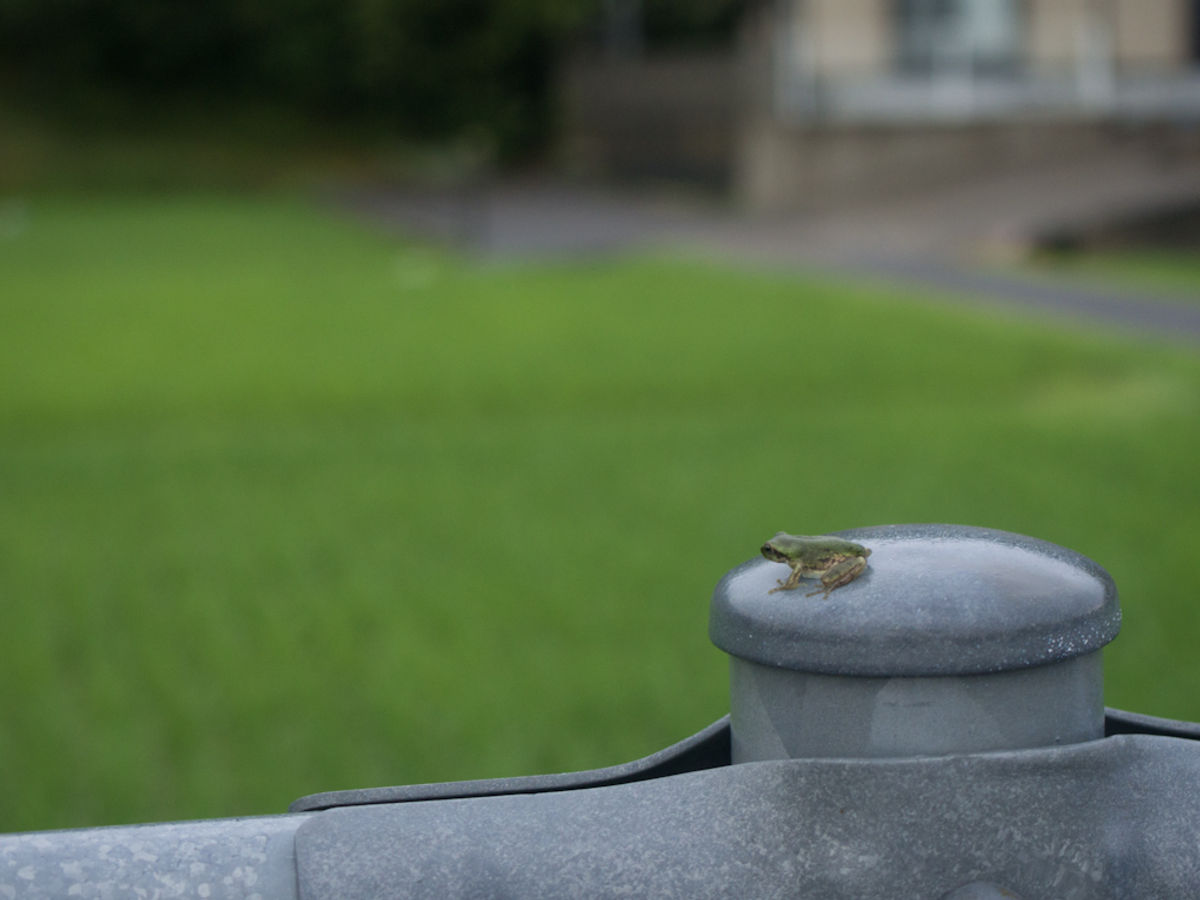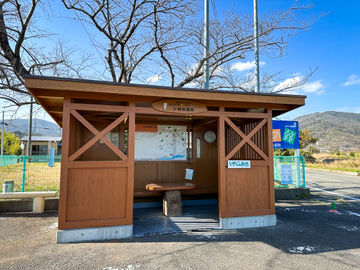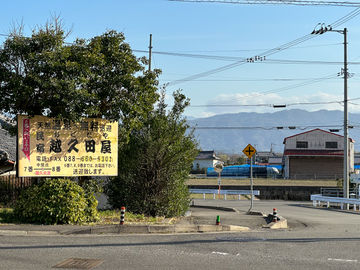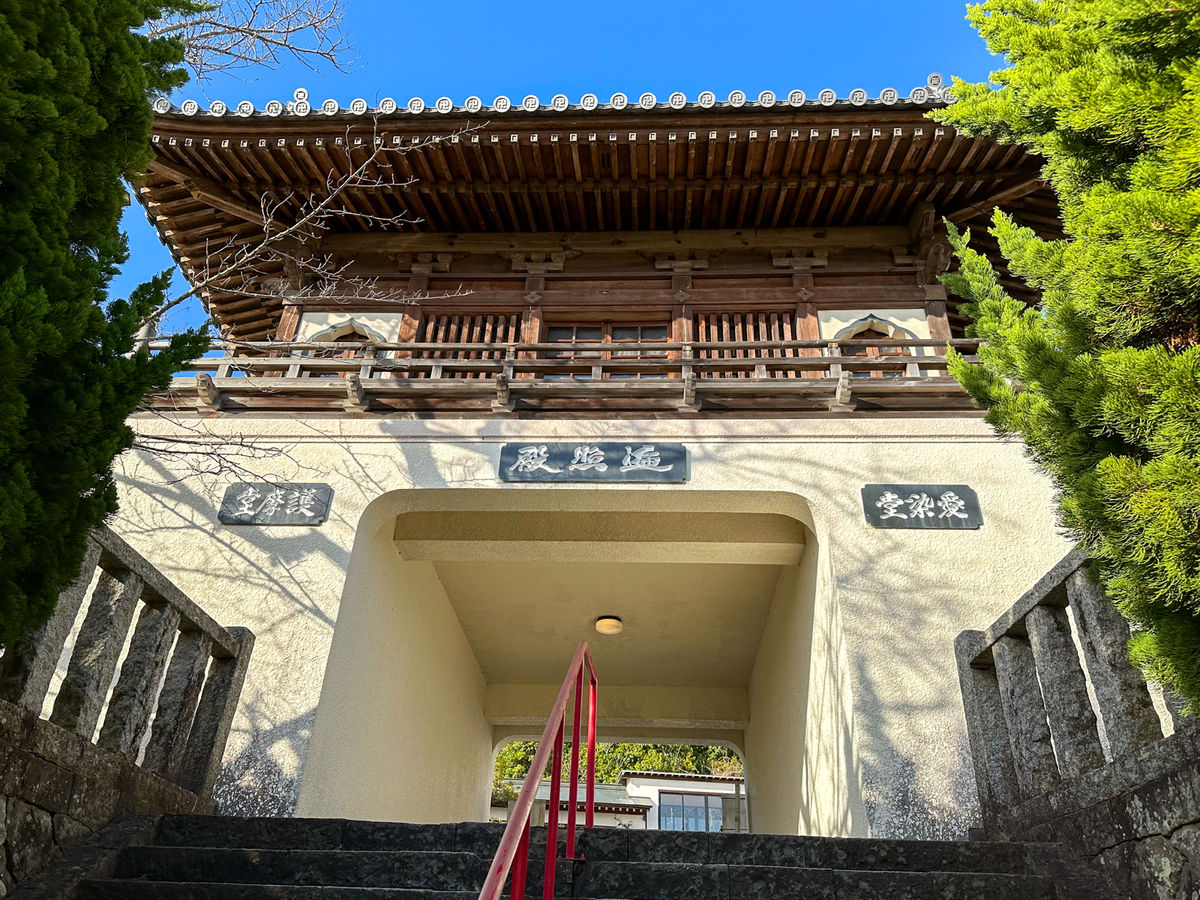
Jurakuji, established in the year 815 by Kobo Daishi (Kukai) during his pilgrimage teachings, is a beacon of hope and enlightenment nestled within the serene landscapes of Tokushima Prefecture. The temple’s foundation story tells of Kobo Daishi’s encounter with a divine white snake, leading him to carve and enshrine an image of Amitabha Buddha in a reclining position, an iconography unique across the 88 sacred sites of the Shikoku Pilgrimage. This act was symbolic, aiming to bestow upon humanity ten forms of joy and light amidst the unavoidable sufferings of life, birth, aging, sickness, and death, hence the name Jurakuji, translating to “Temple of Ten Joys.”
The temple originally stood in the secluded valley of Jurakudani, boasting an expansive complex that was unfortunately razed during the Tensho era by the forces of Chosokabe Motochika. Despite this devastation, the principal deity was miraculously saved by the then-abbot, who carried it to safety. Jurakuji was later relocated to its current site in the Kan’ei era (1635), marking a new chapter in its history with the construction of a magnificent wooden main hall in 1994. The temple is particularly revered for its Eye Disease Healing Jizo, believed to possess miraculous powers for curing eye ailments, drawing pilgrims suffering from visual impairments.
Additionally, Jurakuji is closely connected to the Osaka and Izumi regions, evident in the dedications found on its stone monuments from various local religious groups, highlighting its widespread veneration. Among its many spiritual offerings, the temple houses the deity Aizen Myoo within the Nakamondo Hall, symbolizing the transformation of earthly desires into enlightenment and spiritual awakening. This deity is especially sought after by those praying for good relationships and the severance of negative ties.
Jurakuji’s landscape is adorned with significant spiritual markers, including the main gate, Mizuko Jizo statues dedicated to the souls of unborn children, and the healing Jizo, each contributing to the temple’s rich tapestry of faith and tradition. The Aizen Hall, situated past the temple gate, enshrines Aizen Myoo, known for its powers in fostering positive connections and overcoming adversities.
The temple’s history is a narrative of resilience, spiritual guidance, and the perpetual quest for enlightenment. From its ancient origins in the secluded valleys to its present standing amidst lush landscapes, Jurakuji continues to offer solace and joy to all who traverse its sacred grounds, embodying the eternal teachings of Buddhism and the compassionate vision of Kobo Daishi.
Hours
ClosedAmenities & Facilities
Key Distances & Elevations




